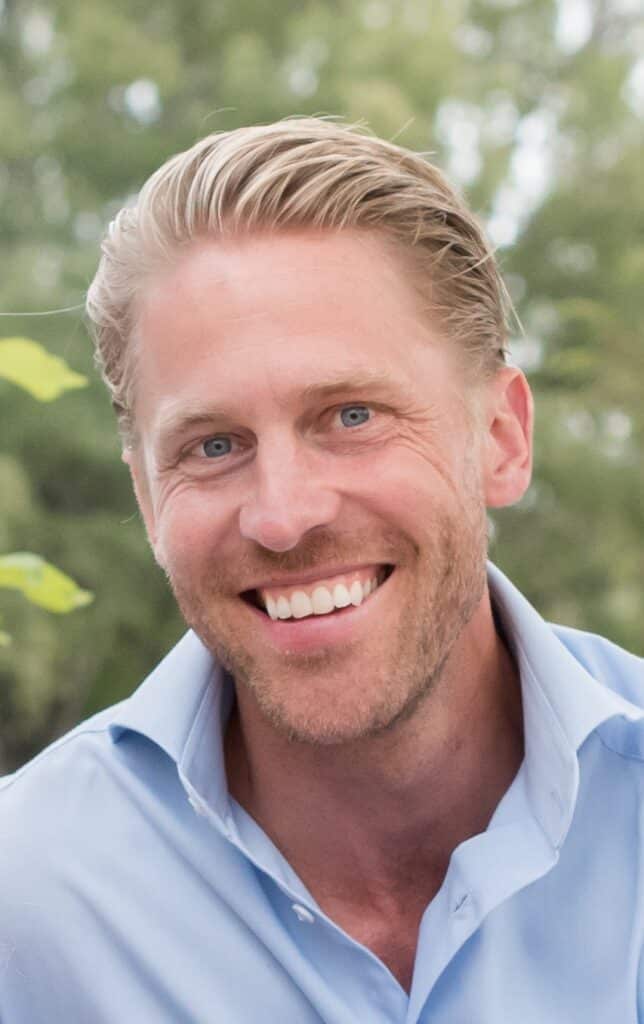Stockholm (HedgeNordic) – The pension fund serving the employees of Swedish telecoms company Ericsson has long been an active investor in hedge funds. However, recent years have marked notable shifts in Ericsson Pensionsstiftelse’s hedge fund allocation, partly motivated by disappointing performance in certain strategies. Particularly noteworthy is the move away from long/short equity strategies and fixed-income relative value hedge funds in favor of multi-strategy managers.
The allocation to hedge funds, currently sitting at about five percent of the overall portfolio, resides within the pension fund’s Alternative bucket, distinct from the “traditional” alternatives such as private equity, private debt, real estate, and infrastructure. “The aim of the hedge fund allocation is to deliver an absolute return above five percent with a very low risk of tail events,” explains Michael Levén, a senior portfolio manager at Ericsson Pensionsstiftelse.
“The aim of the hedge fund allocation is to deliver an absolute return above five percent with a very low risk of tail events.”
Caution with Leverage
“During the pandemic and the years leading up to the pandemic, the hedge fund portfolio consisted mainly of fixed-income relative value hedge funds and equity long-short strategies,” Levén notes. “Several of these funds had problems during 2021 and 2022,” recalls the portfolio manager. One prevalent issue among fixed-income relative value hedge funds was their reliance on high leverage. Levén illustrates this with an example: “During the fall of 2021, a spike in short-term rates resulted in losses for our Swedish fixed income relative value hedge funds, which had taken long positions in covered bonds and short positions in Swedish government bonds.”

In another example, Levén sheds light on the repercussions of Russia’s full-scale invasion of Ukraine in February 2022. “Some hedge funds were long Danish government bonds and short German government bonds,” explains Levén. Following the invasion, Russian government bonds were no longer accepted as collateral by banks and clearing houses, leading to their replacement with German government bonds and triggering a squeeze in the latter. “Those situations were highly exacerbated by the leverage applied in the positions, so we have learned the hard lesson of exercising caution with leverage,” says Levén.
The Struggle of Equity Long-Short Strategies
As for the challenges faced by equity long-short strategies, investors have been growing weary of their inability to capitalize on bull markets or safeguard capital during downturns. “Unfortunately, we have found many equity long-short managers incapable of both capitalizing on bull markets and protecting capital during downturns,” confirms Levén. Consequently, Ericsson Pensionsstiftelse has chosen to divest all investments in long-short equity managers, except for the exposure included as part of the multi-strategy manager allocation. “We don’t need equity long-short strategies to beat broader equity indices each year,” notes Levén. “However, if they don’t manage to beat them over time and also fail to protect you on the downside, we could not justify having them in our allocation.”
“We don’t need equity long-short strategies to beat broader equity indices each year. However, if they don’t manage to beat them over time and also fail to protect you on the downside, we could not justify having them in our allocation.”
Leading up to 2022, many long-short equity managers contended that very low-interest rates prolonged the survival of weaker companies and made shorting more challenging. “But the changed interest regime over the last couple of years has not led to long-short strategies being much better off,” observes Levén. “The still low equity volatility and a year-and-a-half-long bull market made it hard for long-short managers to prove themselves,” he adds. “Regardless of their efforts to mitigate macro risk, certain environments are more beneficial to their success than others.”
Levén observes a slight change in 2024, where stocks in heavily shorted companies have experienced more significant declines compared to shares in less shorted firms, irrespective of their size or sector. “You hear some analysts referring to the current macroeconomic environment as a ‘hedge fund nirvana,’ marking an end to the suffering of the last decade,” notes Levén. Time will reveal the true outcome, but Ericsson Pensionsstiftelse is avoiding long-short equity strategies for now.
Sourcing and Due Diligence
Due in part to its local presence and established relationships, Ericsson Pensionsstiftelse has traditionally maintained a higher exposure to Nordic hedge fund managers. “Sourcing mainly relies on existing relationships and networks,” explains Michael Levén. As a result, “historically, there has been a clear tilt towards Nordic managers who we have known very well,” adds Levén. However, Ericsson Pensionsstiftelse has been increasingly exploring opportunities outside the Nordics to diversify its hedge fund portfolio. “What we have learned over the years is that we have the possibility to invest in the best funds globally, so there is no need to focus on just the Nordic players.”
“Historically, there has been a clear tilt towards Nordic managers who we have known very well. What we have learned over the years is that we have the possibility to invest in the best funds globally…”
While the team at Ericsson Pensionsstiftelse primarily sources ideas from existing relationships and networks, they have also engaged external consultants in some cases to conduct a broader search and screening. “Generally, the due diligence (DD) is conducted entirely in-house, but for legal DD, the pension fund either uses Ericsson internal resources or outside legal counsel. In certain instances, we also seek external tax advice,” explains Levén. The DD process involves both qualitative and quantitative analyses, as well as operational reviews. “The process includes the usual steps in evaluating the investment team and the investment process, track record of the fund and the team, risk management, liquidity, third-party service providers, organizational and legal entity structure, internal policies and legal terms.”
Objective and Current Exposure
The end objective is to find managers and funds with “an absolute return profile generating a yearly return of at least 5 percent with minimal risk of being stopped out due to market squeezes or high leverage,” concludes Levén. “If a manager is not able to deliver on this over a two to three-year timeframe, we generally look to exit that position.” In line with this objective, Ericsson Pensionsstiftelse has recently increased its exposure to multi-strategy managers.
“To minimize the risk of tail risk events, such as those experienced in our fixed income relative value hedge funds, and to diversify away from the equity long-short space, we have shifted our hedge fund allocation into multi-strategy hedge funds.”
“To minimize the risk of tail risk events, such as those experienced in our fixed income relative value hedge funds, and to diversify away from the equity long-short space, we have shifted our hedge fund allocation into multi-strategy hedge funds,” notes Levén. “These multi-strategy funds have several portfolio managers, reducing key-man risk,” he emphasizes. Additionally, risk allocation is centralized, and the risk function is responsible for setting allocation risk limits.
Moreover, Ericsson Pensionsstiftelse has also added several credit hedge funds to its portfolio, spanning from the more liquid segment of the distressed segment to CLO-focused funds and broader “all-weather” credit hedge funds. Levén and his team are considering adding complementary exposures across other hedge fund strategies. “While the underlying strategies have generally performed well over recent years, portfolio diagnostics reveal a number of closely correlated strategies and a tilt towards a credit factor sensitivity,” Levén points out. Therefore, incorporating differentiated strategies could potentially result in an improved risk-adjusted return and further reduce the expected impact from market shocks.”
This article is part of HedgeNordic’s Nordic Hedge Fund Industry Report.
